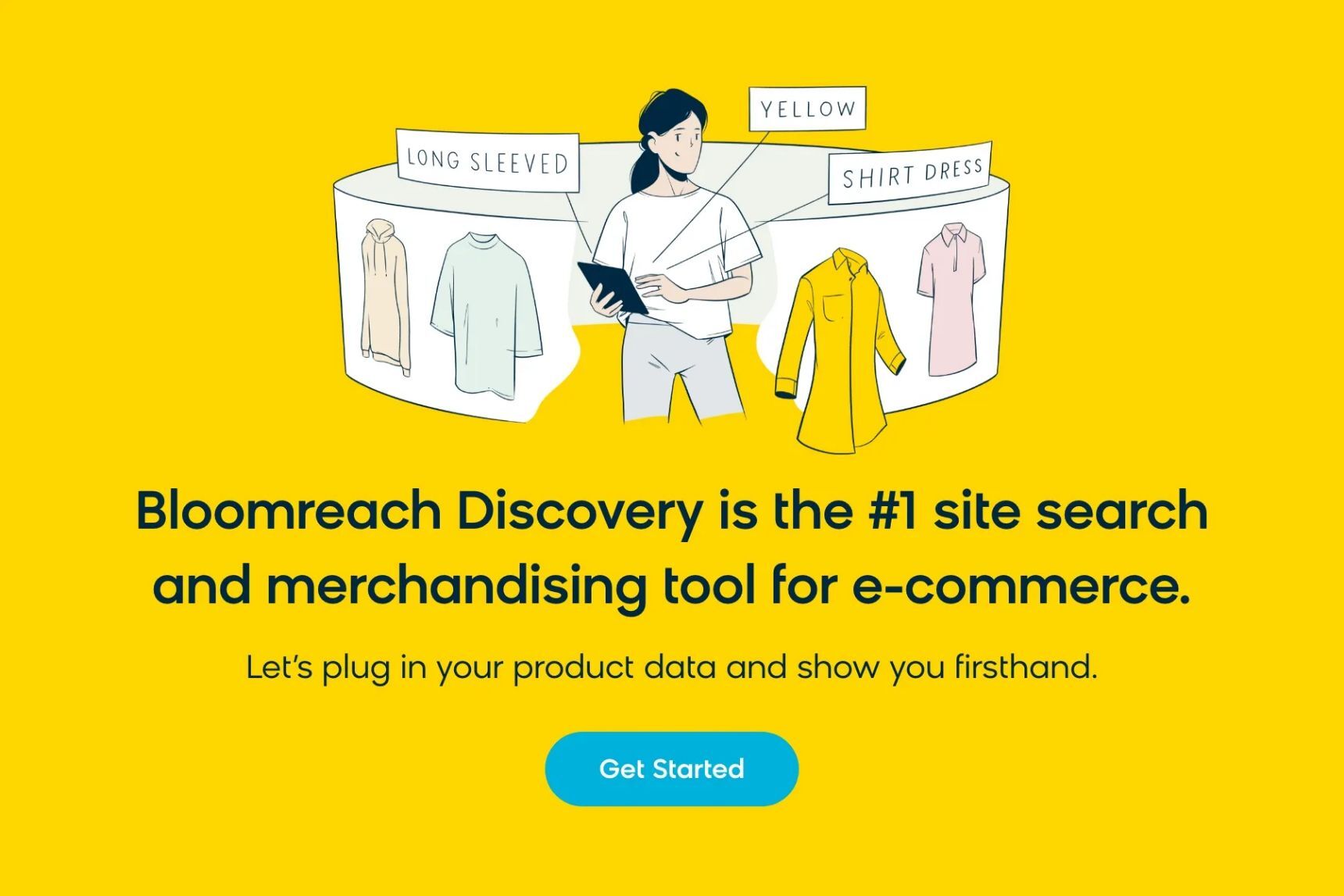Why You Should Test Your Searchandising Strategy
By Roxanna Couse
11/30/2022

Digital experiences are constantly evolving because customer behavior is evolving. To keep pace with consumers' expectations and make sure your online store is up to snuff, it’s important to take incremental transformative actions that speak to your audience and encourage them to convert into customers. But as brands take on this objective to evolve digital merchandising strategies, it’s also crucial to use data to inform your decision-making.
Testing is an effective approach to inform your searchandising decisions. Instead of making these very important choices based solely on gut instincts, testing allows your customers to tell you what experience resonates with them most, so you can accommodate their needs through your search bar, category pages, product recommendations, and more.
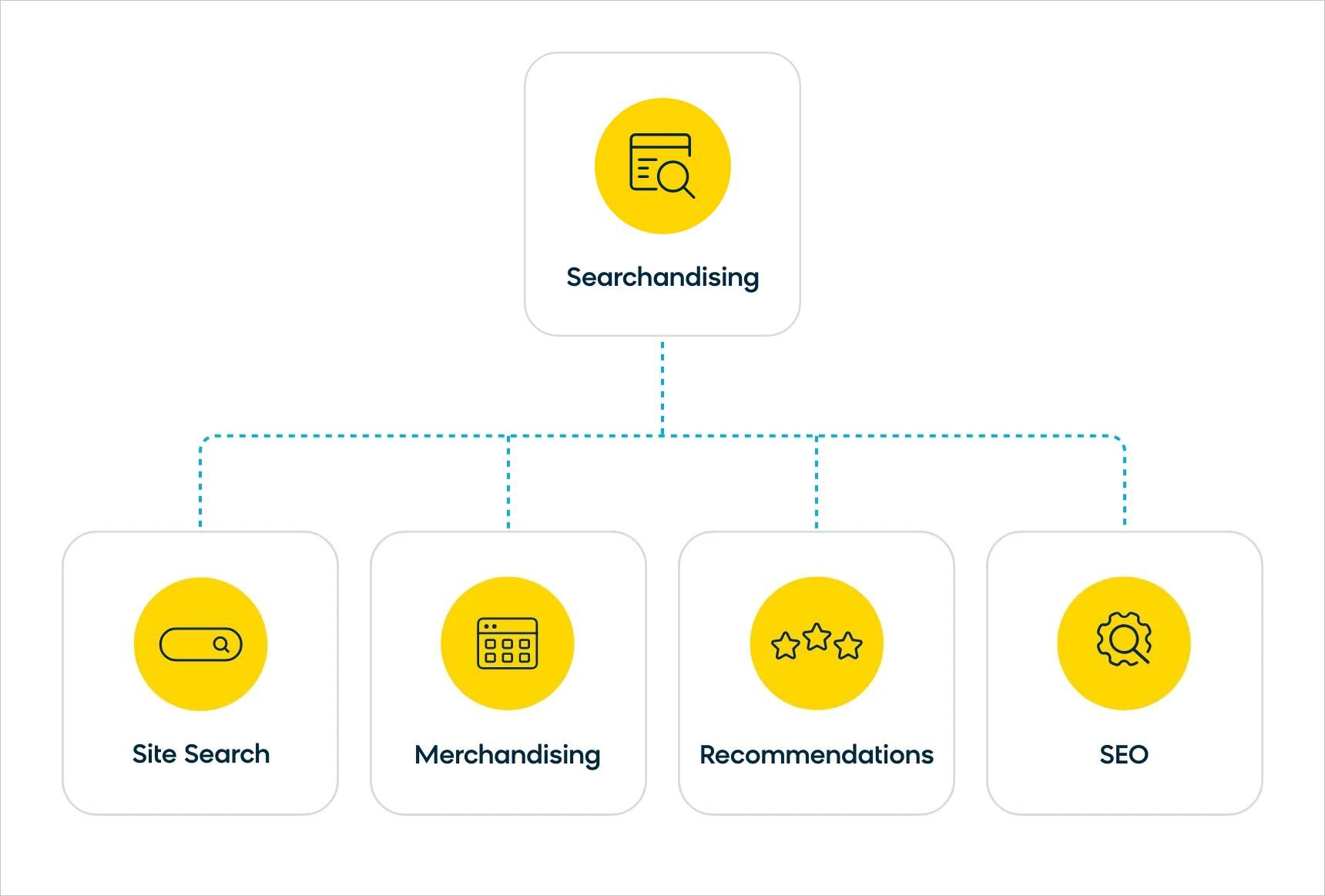
For merchandisers looking to vet their decision-making and validate their approach, here’s how to improve customer experience with an online merchandising strategy executed by a top-notch site search solution.
5 Searchandising Tactics That You Should Test First
Being a merchandiser often entails walking a fine line between business priorities and consumer intent because they don’t always align. Often, you may find that you need to promote a new product launch, but shoppers are more interested in other products. This means, you have to frequently make a choice between forcing fixed merchandising (e.g., hard boosting and locking product grid positions) versus letting shoppers “vote” with their clicks and wallets. However, there are a few ways to strike an effective balance.
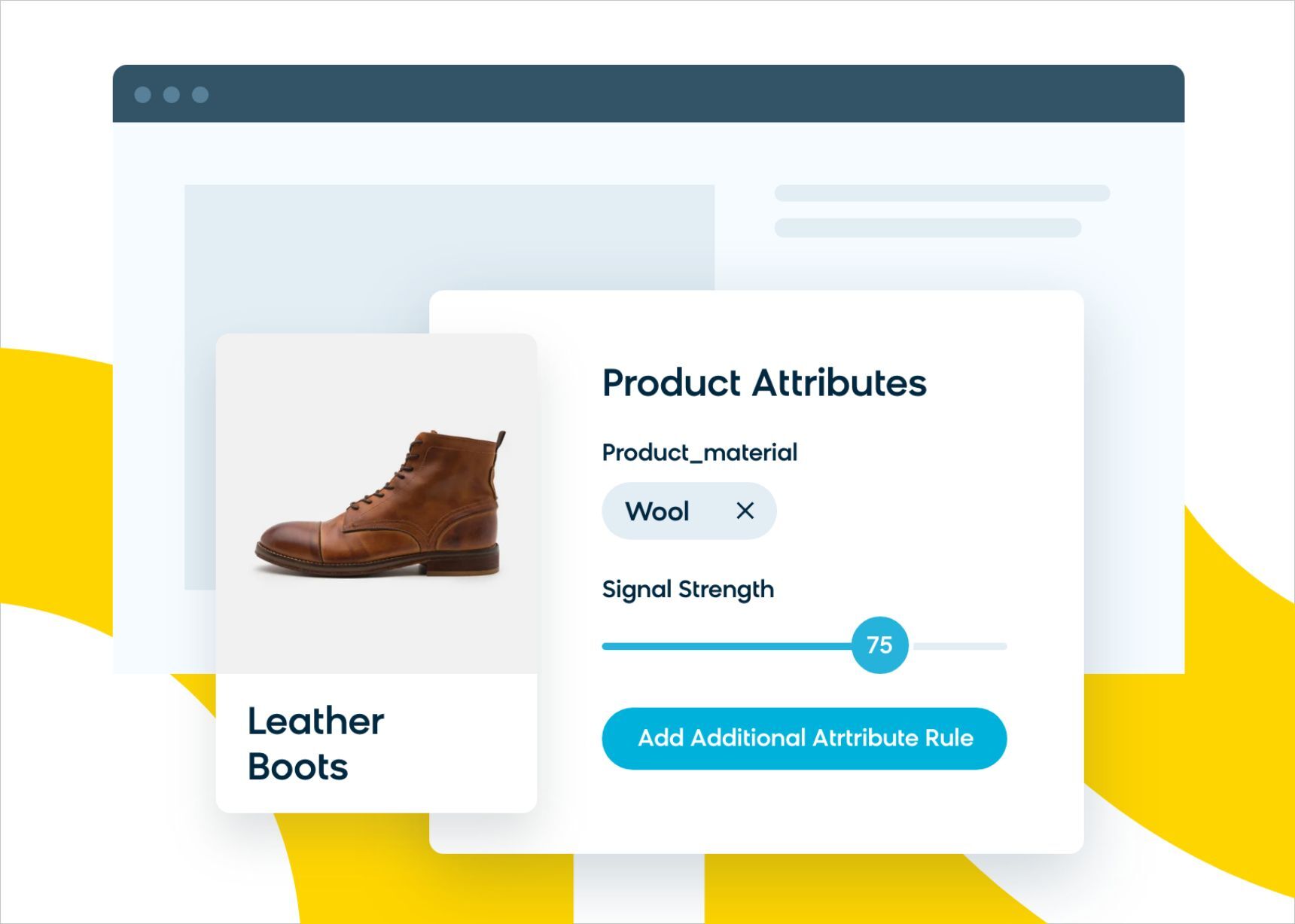
- Redirects: As merchandisers, you don’t always have time to create custom grid landing experiences or ensure that SKUs being marketed are surfacing at the top of a search results page. In response, a common go-to tactic is to simply hit the customer with a redirect to a pretty landing page and think, “This is so much better and saved me so much time.” But while it may have saved you time, did it save your customer time? Now, one additional click is potentially standing in the way of your customer, their purchase decision, and ultimately, your business goals. You’ll need to test your redirects to ensure they’re actually serving the customer in a useful way.
- Ranking Rules: How many times have you boosted a few products to the top of search results because you were featuring them somewhere in your marketing, and you wanted them to be at the top of the grid? While search rules are helpful in certain instances, this action could push down more relevant results that better match your shoppers’ browsing intent. Don't be afraid to lean on natural language processing and machine learning! But if you do decide to make a manual change, test that ranking rule for maximum effectiveness to ensure you’re not harming the search pages — and more importantly, or consumer experience.
- Product Attributes: It's not always clear which merchandising attributes to boost, bury, or promote, and whether messing with the attributes will be best for the consumer. By testing your approach, you’ll make sure that you understand the risk associated with making any changes to the search results, as well as the impact it’ll have on your key performance indicators (KPIs) and search merchandising strategy as a whole.
- Content: The best way to know what content resonates with your consumer is to — you guessed it — test it! Maybe a branded message works best in the hero to drive the consumer further down the purchase funnel. And once they’re in the middle of the funnel, they’re looking for “buy now” call to actions and content that encourages them to add to cart. The only way to truly know what works best with your audience is to test out different messaging and content approaches to see what your consumers lean in to. You may find that different content speaks to different audiences.
- Promotional Strategy: Yes, this is an area of opportunity to test, as well. What promotional messaging works best with your consumers? Are there some promotions that are more effective than others with a particular audience? All of these questions can be answered by testing and learning.
Testing your searchandising strategy is your best opportunity to strike the right balance between what’s good for customers and what’s good for business. With the line between the two being so fine, let the data be your guide.
A Checklist To Measure Your Search Merchandising Approach
All fired up and ready to go out and start testing your searchandising strategy? Let’s take a step back and make sure you’re measuring the right things first.

To do this right, here’s a checklist to run through for each of your tests:
- Identify what the problem is that you’re looking to solve. Write these down and revisit them at the end of the test.
- Decide on a few learning objectives. These can be similar or different across all of your tests depending on business goals. For example, a few of your learning objectives may aim to elevate the user experience or improve the add-to-cart rate.
- Come up with a set of KPIs. These should be “collectible metrics” that are easy to track. Metrics can include conversion rate, revenue per visit, average order value, traffic, revenue, and so forth.
- Define your hypothesis. Your hypothesis is an assumption that you are looking to prove or disprove through testing. For instance, your hypothesis may be that boosting your private label brand will increase sales of those products.
- Decide on a methodology. Decide what your control is vs. what the test buckets will look like.
- Understand any dependencies/risks. Are there things happening with the business that could have a positive or negative impact on this test? Take the hypothesis from earlier that boosting your private label will sell more of those products. If you are currently having availability issues with private-label products, this could have a negative impact on your test. Remember to be mindful of external factors happening with the business at large or within your digital ecosystem that could affect your learning agenda.
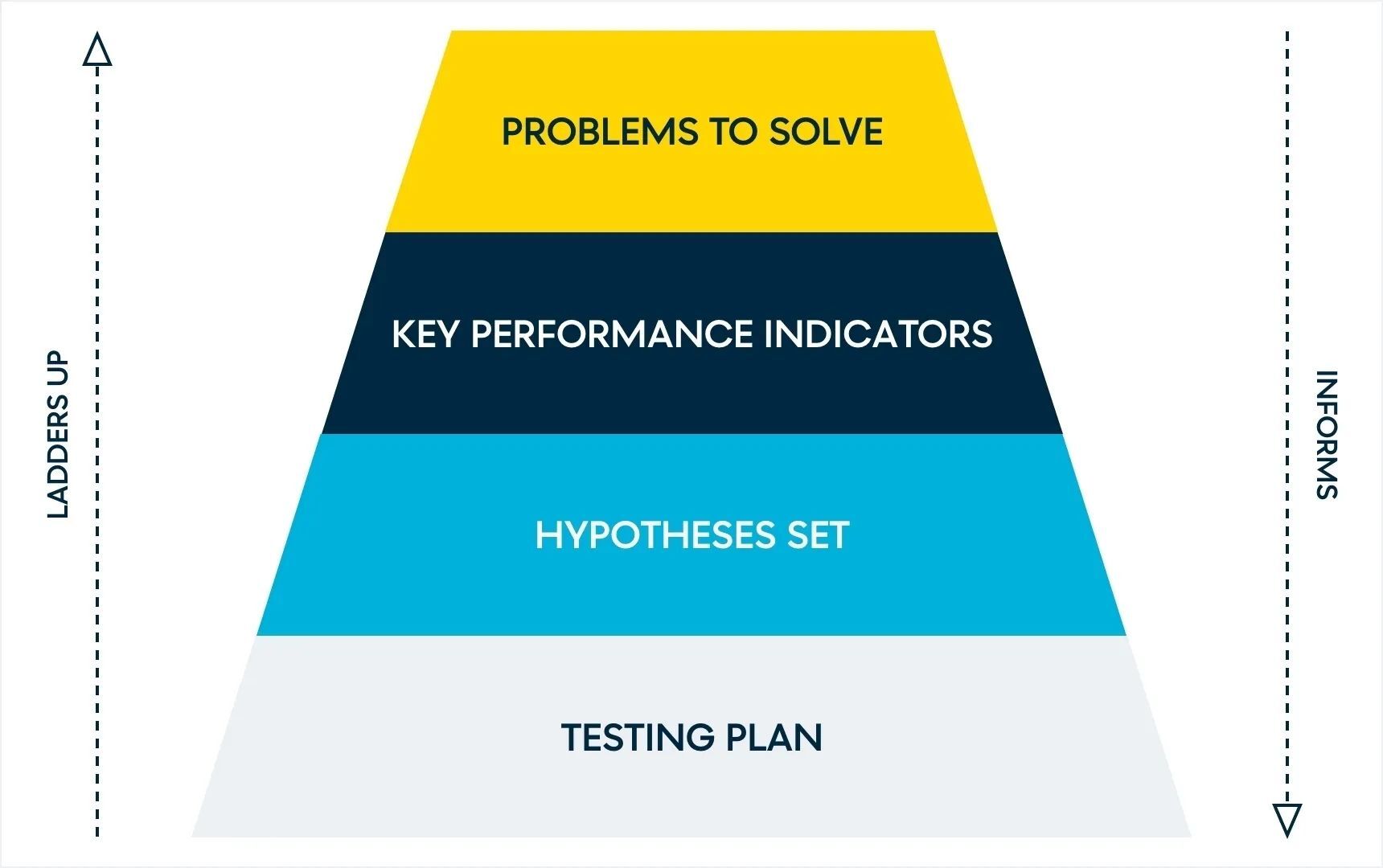
Keep in mind that every test doesn’t produce a lift, and that’s okay! As stated in a McKinsey article, Think fast: How to accelerate ecommerce growth, “a prerequisite of successful testing and learning is an acceptance of failure as the cost of uncovering new knowledge.” There are many learnings that can come as an outcome of testing. Those insights can be used (despite what they are) to optimize your searchandising approach and learn more about your consumers’ needs and expectations.
How To Prioritize Your Testing Ideas
At this point, you may have a ton of test ideas and are ready to get to it! One final tip before you begin is to come up with a game plan on how you’ll prioritize your tests. Here are a few tips to help you get started:
- Go by business objectives or department objectives. If you can align your testing agenda with the business goals and objectives, this will ensure you’re working to improve the right things.
- Measure effort vs. ROI. For a test that has a high impact and a high effort, is it worth the ROI? If this is the case, maybe you can run fewer tests, but more meaningful ones.
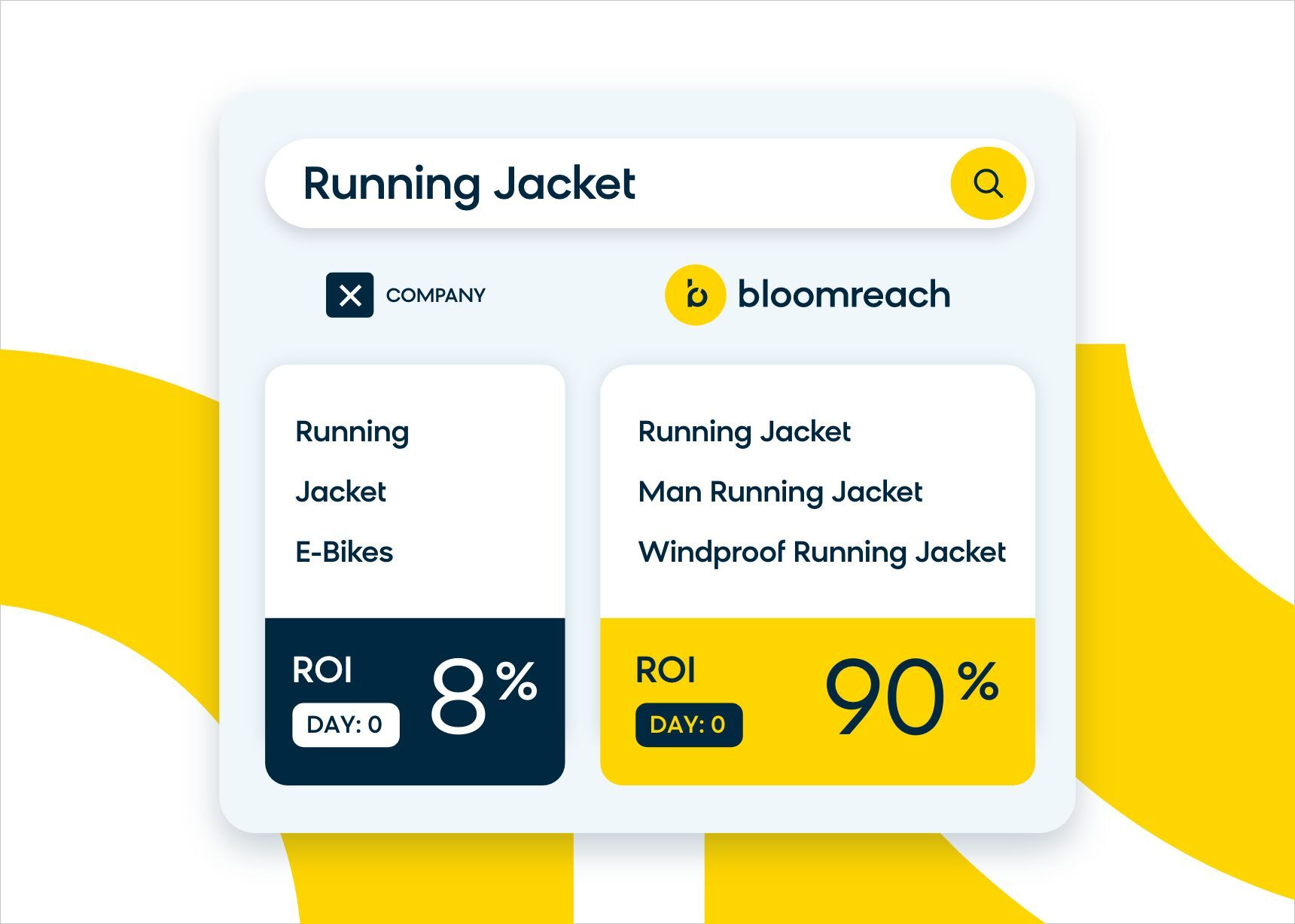
When it comes to building your search and merchandising testing strategy, quality is way more important than quantity. But everyone who operates in the digital space should be doing testing.
Testing before rolling out experiences and new enhancements ensures that you’re catering to the needs of your consumers and impacting the company’s bottom line in a positive way, especially since development and online merchandising inefficiencies can be very costly. It’s also important to never stop testing, as continuous optimizations and incremental improvements to the customer experience are the name of the game. What is working now may not work 6-12 months from now.
To learn more about how you can create a testing and learning culture within your team and organization, check out my conversation with Lisa Kowalkowski, the Senior Manager of Digital Product Management at Medline, and Shilpa Viswanathan, the Head of PMO, Value Measurement and Delivery at Bloomreach, as we discuss this topic in more detail.
In the world of online shopping, searchandising has never been more important for your brand. To replicate the experience of your physical store, consider focusing on site search and merchandising as your next ecommerce priority. Bloomreach could provide the product search bar and digital merchant toolset that you need to increase revenue and scale your company. See your product data plugged into our solution to get a better understanding of your search bar’s impact with Bloomreach’s Search Impact Validation.
Found this useful? Subscribe to our newsletter or share it.

